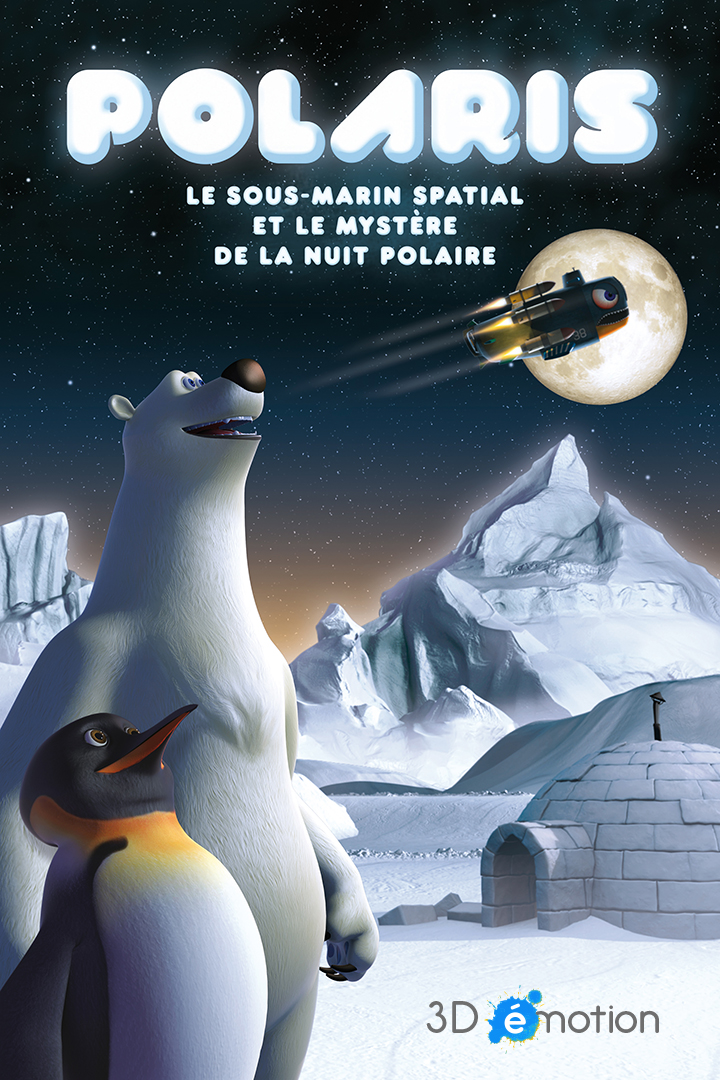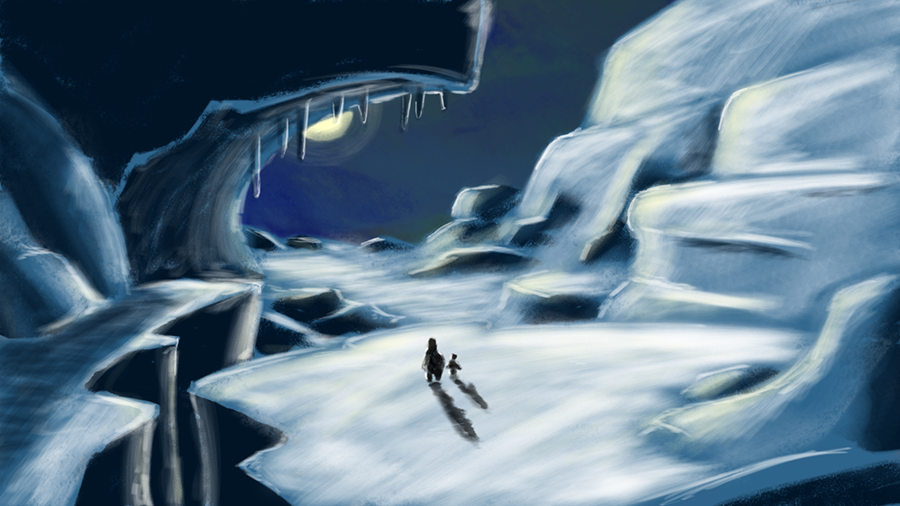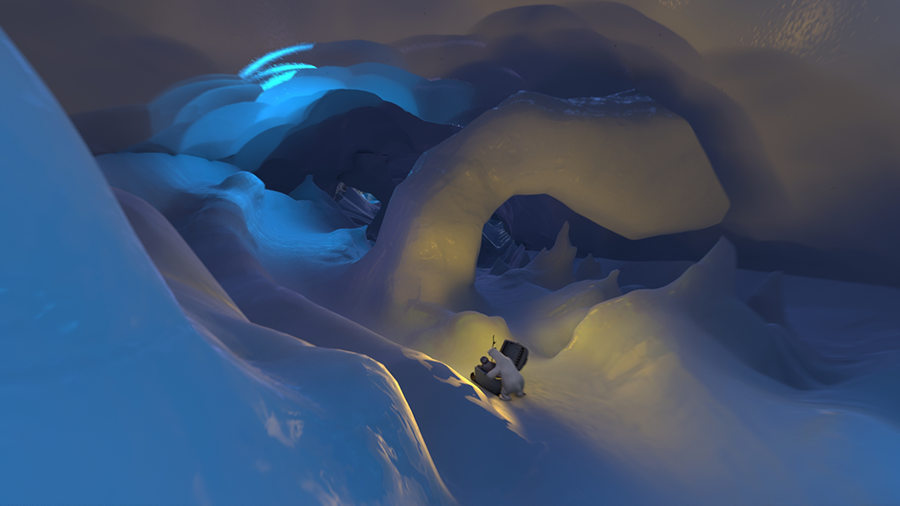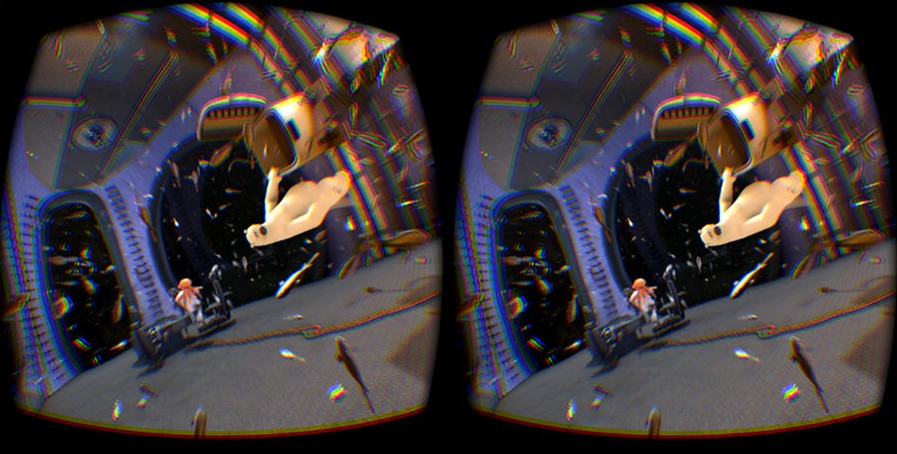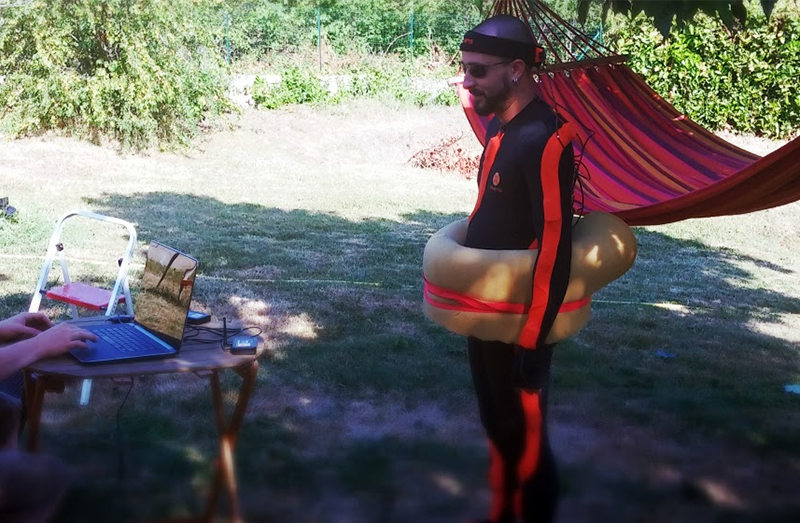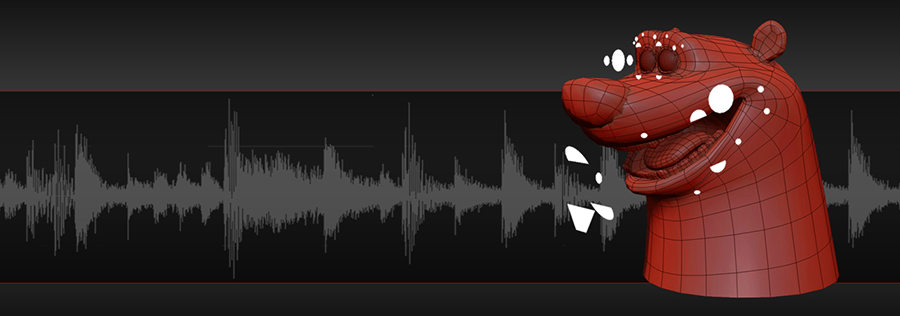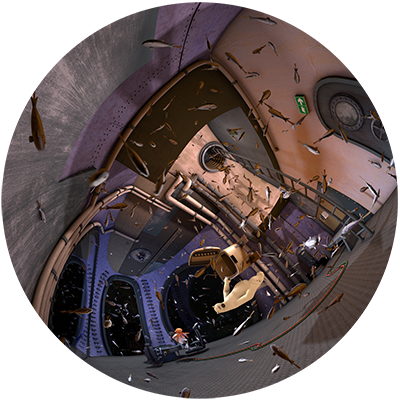Polaris, a refreshing production!
3D Emotion is proud to present Polaris, a 3D planetarium show. Polaris is a 28-minute animated educational film produced by the Saint-Etienne planetarium and illustrated by 3D Emotion. Aimed at a young audience from 6 to 13 years old, the film deals with the scientific approach based on astronomy: putting forward hypotheses, observing, experimenting and making deductions.
‘James, a travelling penguin from the South Pole, and Vladimir, a funny bear from the North Pole, meet on the Arctic ice floe. As apprentice astronomers, they wonder why night is so long at the Earth’s two poles.
Their scientific adventure takes them from building an observatory to constructing a makeshift spaceship. On a journey around the Earth and then to Mars and Saturn, they will answer their questions and discover that the planets have things in common, but also differences!
The preparatory production phase
In this adventure, 3D Emotion produced the images for the film, based on the script co-written by Jean-Marc Bouzigues (scriptwriter) and Eric Frappa (scientific and educational director of the Saint-Etienne planetarium) and directed by Eric Frappa. Our involvement began with the first sketches of the characters.
Model Sheet of Vladimir
For the particular landscapes and lighting of the North Pole, we drew up a ‘Color Script’, which we used as a reference when we set up the lighting scenes.
Atmosphere research
The staging
This production is highly immersive. It is ‘fulldome’, meaning it is designed to be broadcast on a 360° vault. The immersion is enhanced by a 3D projection, using passive stereoscopy (Infitec technology to be more precise).
As with any immersive production, special attention has been paid to the staging. The authors took this into account when writing the script, which helped us to stage sequences that took full advantage of the immersive effect.
We also experimented with integrating the Oculus Rift into our production pipeline. The Oculus Rift is a virtual reality headset that allows users to immerse themselves completely in a 3D world.
We used it to test staging, 360° framing and 3D adjustment.
Atmosphere research
The results are very convincing, very close to the perception in the projection room.
The animation
We used the XSens system (a motion capture system based on inertial sensors) to animate the characters’ bodies. Bastien, from the 3D Emotion team, took it in turns to play James the penguin and Vladimir the polar bear.
We then carried out a meticulous retargeting process. As the animations are captured according to the actor’s morphological proportions, retargeting consists of adapting them to the proportions of the characters for whom they are intended. In our case, a short-legged penguin and a pot-bellied bear. To help Bastien in his performance, we ‘perfected’ the outfit a little…
The hammock? For weightless scenes, of course!
We used traditional keyframe animation to animate facial expressions and lip-synch.
The soundtrack
The musical creation, voice recording and sound design were carried out by the Lyon studio AudioPigment, Damien Laquet and Léo Morfun lent their voices to James and Vladimir respectively. The entire sound production was spatialised and broadcast in 5.1 to enhance the immersive effect.

Generating final images
The calculation of the final images, or ‘rendering’ in our jargon, is always subject to a balancing phase.
We have to find the right balance between calculation time, the hardware resources of our computer park and the quality of the image to restore all the details and the lighting atmosphere before the deadline, so that the film can be broadcast one day. In the case of Polaris, for the school holidays in February 2015.
For this animated show, this rendering phase is not insignificant, because we generate images in ‘Ultra High Definition’, to ‘Fulldome’ standards, i.e. images in 4,000 pixels x 4,000 pixels.
To suit the international market, this 28-minute film is broadcast at a rate of 30 frames per second.
Finally, because the film is in 3D, it requires 2 streams, one for each eye.
In a few figures, this production represents :
- 50,400 images for the traditional version, 100,800 images for the 3D version.
- An average of 12 minutes of calculation per image, or 1,330 days for a single calculation cluster, 3 months for our rendering farm.
- Nearly 5 TB of data generated > to store, manage and secure.
- More than 6,000 coffee capsules over 10 months of production.
3D Emotion know-how
Polaris is our 5th fulldome show project.
Drawing on our experience in staging immersive films, we adapt and develop tools to best meet the needs of this type of production.
For this production, we refined and optimised the lens of our virtual camera. It enables us to obtain an immersive projection, with relief perceived over the entire vault.
This process is still unique for fulldome productions in France, and to our knowledge in Europe. Other productions are limited to a relief effect in the direction of the action, which reduces the feeling of immersion offered by the vault.
Polaris is still a little young to draw significant figures from it, but it was very well received by the planetarium public upon its release.
Already acquired by the planetariums of Dijon, Ager (Spain) and Ventspils (Latvia), it has just won the Audience Award at the international fulldome festival in Brno in the Czech Republic.
3D Emotion invites you to discover the trailer on our website: Polaris Trailer

